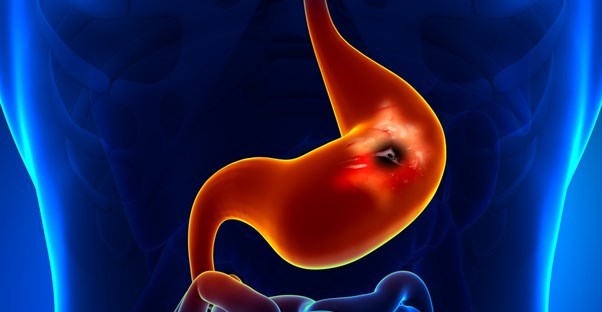The word "reflux" has its origins in the Latin word "refluxus". It comes from the Latin word "refleure," which means "to flow back, to recede". Acid reflux occurs when stomach acid flows back into your esophagus, causing pain and discomfort. This condition is known as heartburn or gastroesophageal reflux. The esophagus is the tube that runs between your stomach and throat. Normally, a part of the esophagus called the esophageal sphincter keeps stomach acid from entering the esophagus. With reflux, this mechanism fails and the contents of the stomach can enter the esophagus, causing the pain of heartburn.
The stomach itself is protected from the effects of its acids because of its lining. The esophagus has no such protection. Most will, at some point in our lives, be affected by acid reflux. However, sometimes the condition can worsen into something known as Gastroesophageal Reflux Disease or GERD. GERD is the most severe form of reflux. It exists whenever the condition has become chronic. Acid reflux causes include obesity, tight clothes, and certain foods seem to act as triggers. Spicy food, tomatoes, onions, alcohol, and chocolate seem to be acid reflux causes for many people. Treatment for mild symptoms usually begins with dietary changes.
Acid Reflux Symptoms
Acid reflux symptoms may include asthma, chest pain, dental erosion, heartburn, hoarseness, and vomiting. In the case of asthma, the problem is caused by stomach acid seeping upwards into the throat and air passage of the lungs. Dental erosion is another type of problem that acid reflux causes. It occurs when the powerful stomach acids eat away at the enamel of the teeth. If your gastroesophageal reflux symptoms continue, your doctor may order one or more tests to determine the severity of your reflux.
One test is called a barium swallow radiograph. You drink a barium solution which creates a coating allowing images or x-rays to be taken. The doctor can look at the images to reveal problems such as a hiatal hernia. He may order an upper endoscopy. After spraying your throat to numb it, he will slide a small plastic tube down into your throat. At the end of the tube is a small camera which will allow him to look down your throat for problems. He may also perform a biopsy to reveal possible acid reflux causes. A biopsy is where he cuts away a small amount of tissue for examination under a microscope to check for gastroesophageal reflux.
Acid Reflux Treatment
Gastroesophageal reflux may become serious enough to warrant treatment. Surgery is considered when lifestyle changes and medicine fail to manage reflux symptoms. Surgery could be a good alternative instead of discomfort and drugs. The normal surgical treatment for gastroesophageal reflux disease is called fundoplication. The upper section of the stomach is wrapped to support and strengthen the sphincter, prevent reflux, and repair a hiatal hernia in some cases. An instrument is inserted through small incisions in the abdomen. Small instruments are used to hold a camera which looks at the pelvis and abdomen. This procedure is considered safe and effective in all age groups, even infants.
If you should undergo the procedure, you can expect a hospital stay of 1 to 3 days. Chronic GERD, left untreated, can create serious complications for the sufferer of reflux. Esophagitis can result. This condition involves inflammation of the esophagus which damages the lining and causes bleeding. Sometimes, acid reflux causes a condition known as Barrett's esophagus. This can then lead to throat cancer. Ultimately, the types of acid reflux causes will determine the exact type of treatment.




